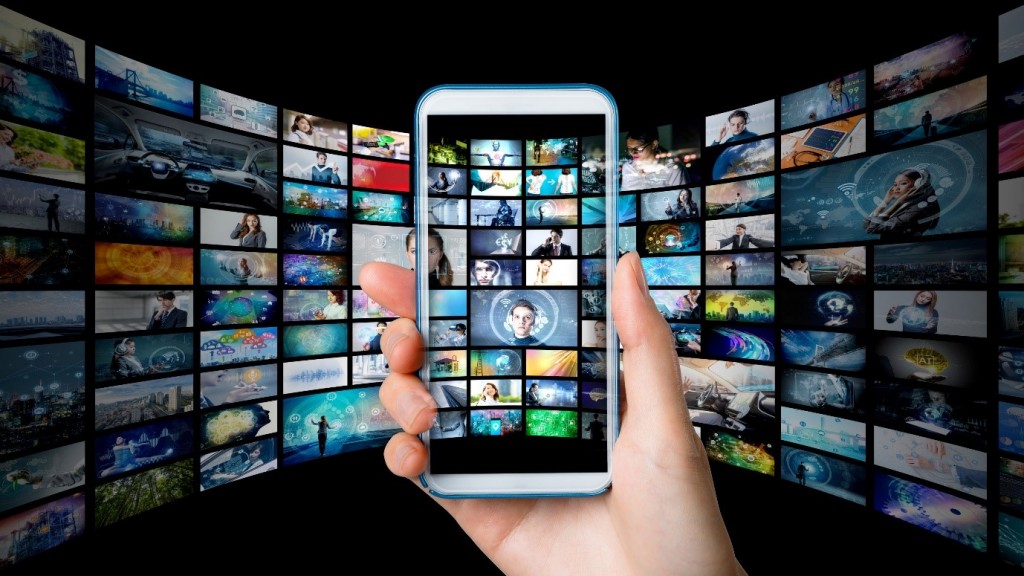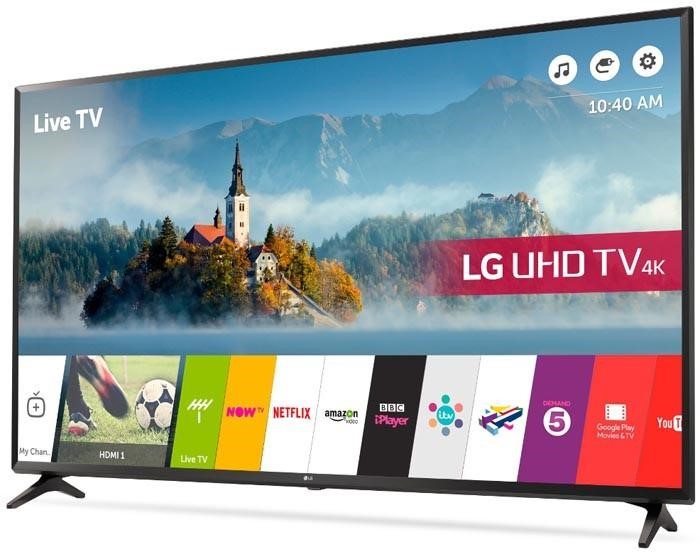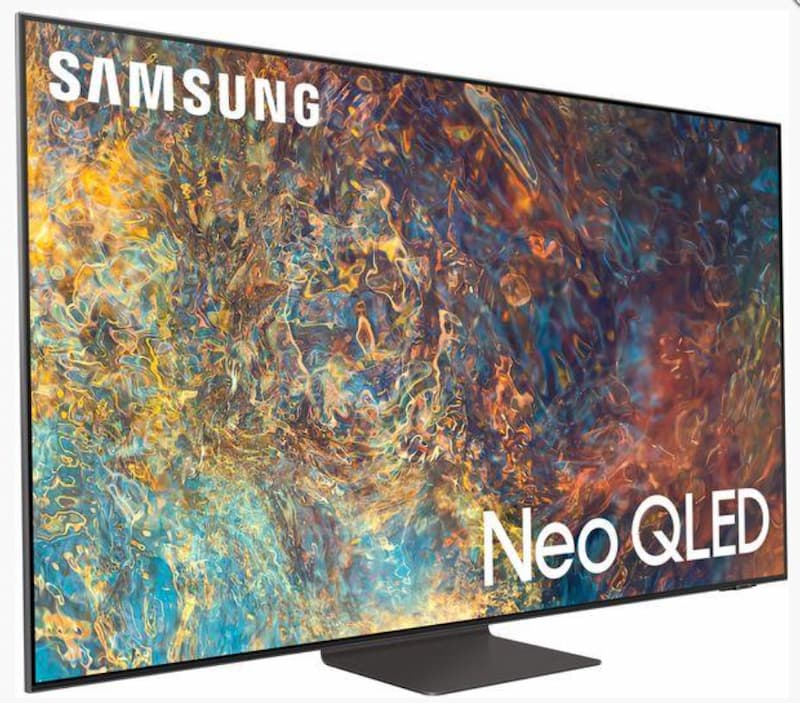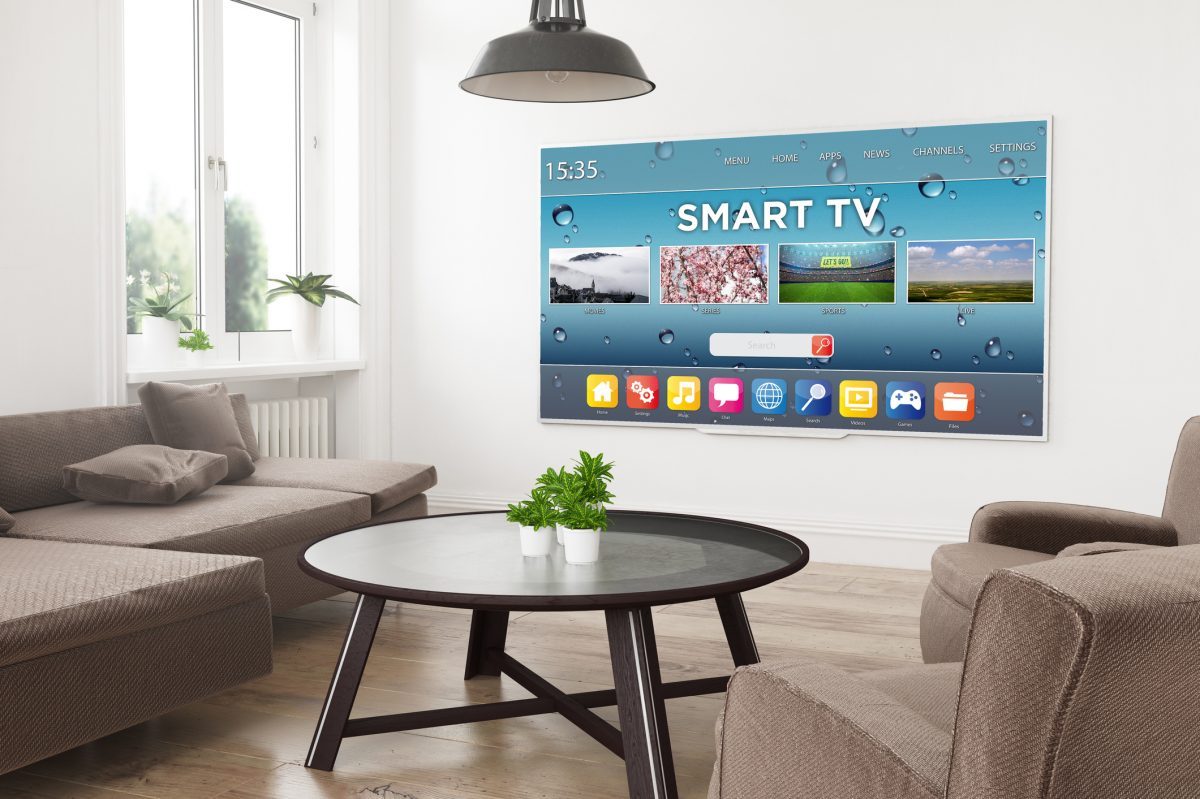The way people watch TV is changing. Live television broadcasts, recordings and DVDs are being pushed aside in favour of streaming services such as Netflix, Prime Video and Now TV. And it’s not difficult to see why.
From just £5.99 per month, users can buy a subscription to Netflix and gain access to the thousands of shows, including Netflix’s own original programming, films and documentaries – with no advertisements. There’s no restriction on how often they can be viewed, and they can be paused, rewound and fast forwarded in the same way recordings of programmes can. But unlike recordings, you don’t need to remember to set a programme to record, the programmes are all there waiting for you in the Netflix app, with no need to wait for next week to see the next episode, either.
Aside from the possibility of a show or film being pulled off a streaming service, it’s easy to see why they are increasingly gaining popularity. So, how did this all start? And could streaming put an end to live television as we know it?

Where it all Began
Netflix began life in 1997 as a website that dealt in DVD rentals, it became an online rival to Blockbuster Video. The story goes that the CEO, Reed Hastings, was spurred to found Netflix after being fined $40 by Blockbuster for the late return of a film – this, however, was later revealed to be a fabricated story intended to help foster a creation myth.
Soon Netflix moved from rental services to subscription, allowing subscribers to rent as many DVDs as they wanted with no extra costs or late fees. Blockbuster closed forever in 2013, as a result of not adapting to the changing times. Netflix, however, introduced a feature in 2007 that was a game changer: streaming.
By 2010, you could watch Netflix through a PS3, an Xbox360 or an Apple device. It also launched internationally in Canada. Latin America followed in 2011, and the takeover in Europe took place gradually over the next few years, following by the Asia Pacific region.
Amazon followed a similar pattern. Launching in 2006 as Amazon Unbox in the US, the service grew an expanding library of films and added premium video to membership with Prime. After acquiring the streaming and DVD-by-post service LoveFilm in 2011, Prime Video was introduced to the UK, Germany and Australia and allows Prime members to access their 5,000 films and TV shows.
What these companies had in common is that they recognised a need in the TV viewing market for instant access and a wider variety of choice in programming. And it’s fair to say that it doesn’t look like there’s any sign of the public’s love of streaming slowing down.
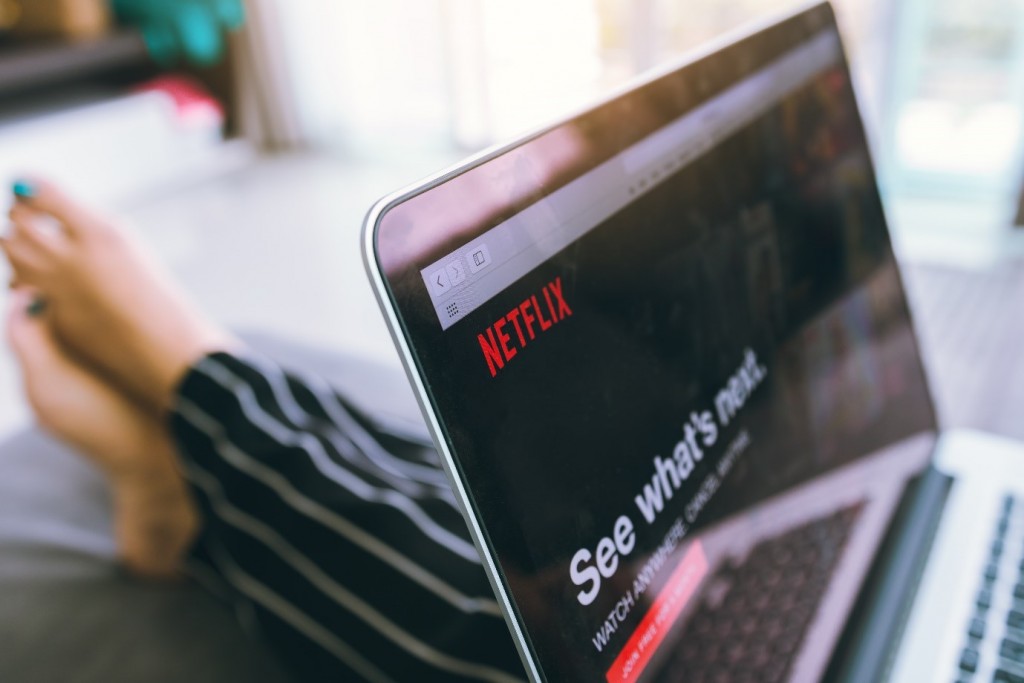
How Many People Are Using Streaming Services?
In 2018, it was revealed that streaming services had overtaken pay TV for the first time in the UK. There are now more UK subscriptions to the likes of Netflix, Amazon and Now TV than to ‘traditional’ pay TV services, showing a major shift in the UK’s viewing habits.
The number of UK subscriptions to these streaming services reached 15.4 million, overtaking the number of pay TV subscriptions, at 15.1 million. This saw a 2.7% decrease in the total revenue for UK’s pay TV, in contrast, there was a 25% growth in online audio-visual revenues and a 7% drop in television advertising income.
The findings also revealed a drop in the amount of time people spend watching TV, especially those aged 16 to 34. In fact, over 65s were shown to be watching four times as much broadcast television as young people in 2017. The 16 to 34 age group were shown to be spending more time watching streaming services than pay TV.
What’s the Future for Streaming?
Analysts estimate that Netflix has 9.78 million subscribers in the UK, and this number is only likely to increase over the years. With Netflix and Amazon both producing their own original programming, many of which are proving to be very popular with viewers, it’s likely that these services will continue to draw in viewing figures and profits as more people see the value in being subscribed to these services.
Some people theorise that, in the future, all TV consumption will be streamed. The BBC is currently in talks with ITV and Channel 4 about setting up a rival to Netflix that would have access to archive programmes. Whether or not these talks come to any kind of fruition, it demonstrates that these companies are aware of the dire need to adapt their services if they want to compete in today’s TV viewing market.
Today, most smart TVs now include streaming apps that viewers can access with a click of their remote control. And smart TVs themselves now make up 42% of TV sets in UK homes, up from just 12% in 2014. So, for the time being at least, streaming is not going away.
